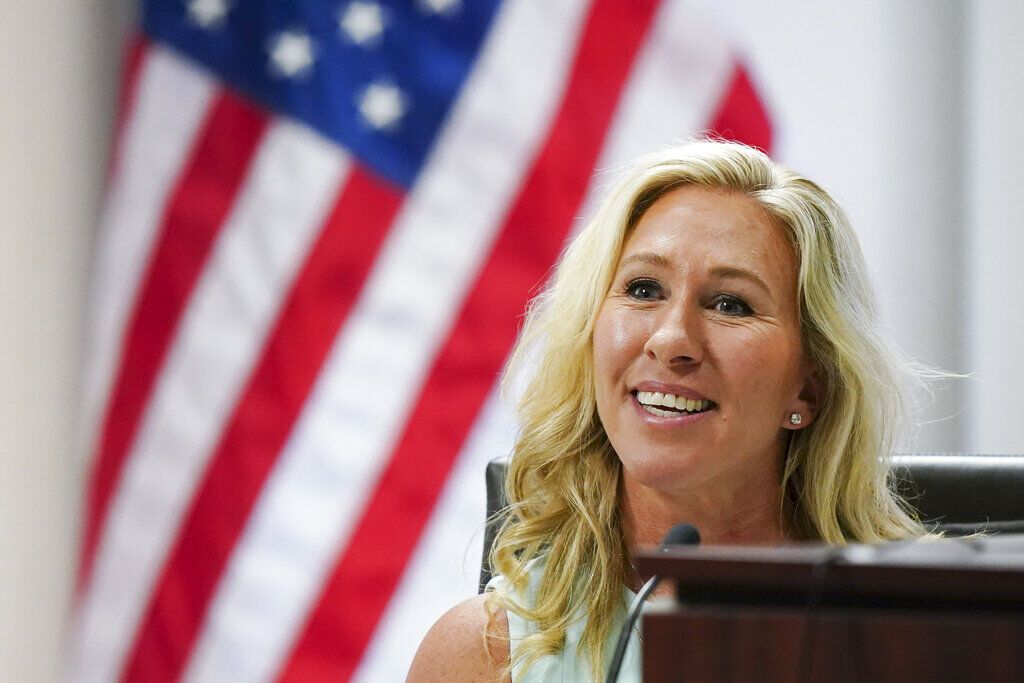Could recent ‘self-defense’ killing of mountain lion sway public on proposed hunting ban?
Instagram user Patrick Montgomery recently shared additional details related to the killing of a mountain lion in Colorado, with some of this information said to address what took place from the side of the person who killed the animal. Montgomery’s post about the situation is accompanied by numerous photos of the big cat (warning: graphic in nature), along with the shovel presumably used to kill the animal.
In case you missed initial reporting on the situation, Colorado Parks and Wildlife detailed how a man was at a campground west of Cañon City on September 26 when a mountain lion was being abnormally aggressive toward the man and his dog. As the mountain lion approached the pair and shortened the distance to about 10 feet, wildlife officials say the man’s dog engaged the animal, with the man then striking the lion with a shovel and killing it. Officials noted that the preliminary investigation pointed to justified self-defense.
The post from Montgomery claims to provide additional detail on the matter, noting that the man involved was a friend of a friend who is a raft guide living in a camper near the Royal Gorge. The post explains that the incident took place around midnight, with the lion said to have targeted the man’s husky. The guide reportedly grabbed the shovel and whacked the big cat to get it to leave, but when it returned, he struck it again, ultimately killing the animal in order to protect himself and his dog.
While officials aren’t considering this to be a mountain lion ‘attack’ on a human because the man involved wasn’t injured and didn’t come in direct contact with the mountain lion, the additional information related to the encounter is enough to send chills down any outdoor recreator’s spine. Mountain lions are rarely seen and aggressive behavior toward humans is even more rare, but this situation goes to show that dangerous encounters are still a very real possibility.
This incident took place weeks before Coloradans are set to vote on whether or not the hunting of mountain lions (and other wild cats) should be allowed in Colorado, with hunting often considered to be a key method of population management.
The ballot item that will be voted on is Initiative 127, with proponents for the ban claiming that hunting causes animals unjust pain and trauma, also positing that mountain lion (and bobcat) populations are able to naturally self-regulate without a need for involvement in Colorado’s hunting program. It’s also worth noting that those who support this ban would still be agreeing that self-defense killings are justified.
Meanwhile, those who oppose the initiative argue that the measure would restrict the abilities of Colorado Parks and Wildlife to use their expertise to make science-based decisions related to the management of the local mountain lion population, also noting that the current approach toward management of the species seems to be working as the state’s mountain lion population is quite healthy. Additionally, those against proposition 127 have noted that increased mountain lion numbers could mean more frequent damages sustained by ranchers due to depredation of livestock, with these ranchers also losing the ability to seek reimbursement for damages should the initiative pass.
This ballot initiative comes a few years after wolf reintroduction was narrowly approved by Colorado voters via a similar method. That approval has since been questioned countless times by those who opposed the measure with the term ‘ballot box biology’ often linked to the program – this term being a reference to voters making decisions related to the management of the state’s wildlife instead of allowing those decisions to be made by wildlife experts hired by the state.
As it relates to this recent Cañon City encounter, some of those leaving comments about the situation online have expressed concern that this type of encounter could happen more frequently if the local mountain lion population is left unchecked. Additionally, concern has been expressed related to what an increased mountain lion population could mean for Colorado’s prey animals, such as deer.
Those wondering whether or not hunting may have an impact on Colorado’s mountain lion numbers may want to consider the impact of a mountain lion hunting ban that was put in place in California, where lions haven’t been hunted since 1972, with cougars later classified as a ‘non-game’ species in 1990 (it’s a different state with different factors, but perhaps the most comparable example of a similar situation in the US). In a study related to the population of California’s mountain lions that spanned years of 1906 to 2018, the population was estimated to be at its highest around the start of the 1900s, dipping to a low around the time that the mountain lion hunting ban was enacted. Since the ban, the population has continued to grow, approaching levels much closer to those seen 100 years ago by 2018 (chart seen on page 75 of this document). This presumably points to a ban on hunting having the potential to mean a larger mountain lion population.
And then there’s the question of what a larger mountain lion population might mean for local ungulates.
As it currently stands, around 500 mountain lions are killed via hunting each year in Colorado. With adult mountain lions killing approximately one deer per week for consumption, the absence of 500 cats means that roughly 26,000 additional deer have a chance to escape death (napkin math, I know). It’s estimated that there are around 400,000 to 450,000 deer statewide, with this 26,000 number representing about five to seven percent of that population. It’s also worth noting that the average lifespan of a mountain lion in the wild is about eight to 13 years, thus multiple years of survival in the absence of death via hunting would need to be taken into account if the 500 mountain lions killed by Colorado hunters each year were to keep predating on ungulates for years to come. There’s debate over whether or not this additional predation would impact the stability of the deer population or help qualm concerns related to chronic wasting disease, which plagues local cervids and thrives when high population density is present.
While Initiative 127 is heavily tied to hunting, a large part of the proposal also seems to boil down to whether or not one believes that wildlife experts should have a hand in the population management of big cat species.
Full details related to this initiative can be found here. Scroll down to page 39.
STAY INFORMED: Get free Colorado news with our daily newsletter (Click here)










